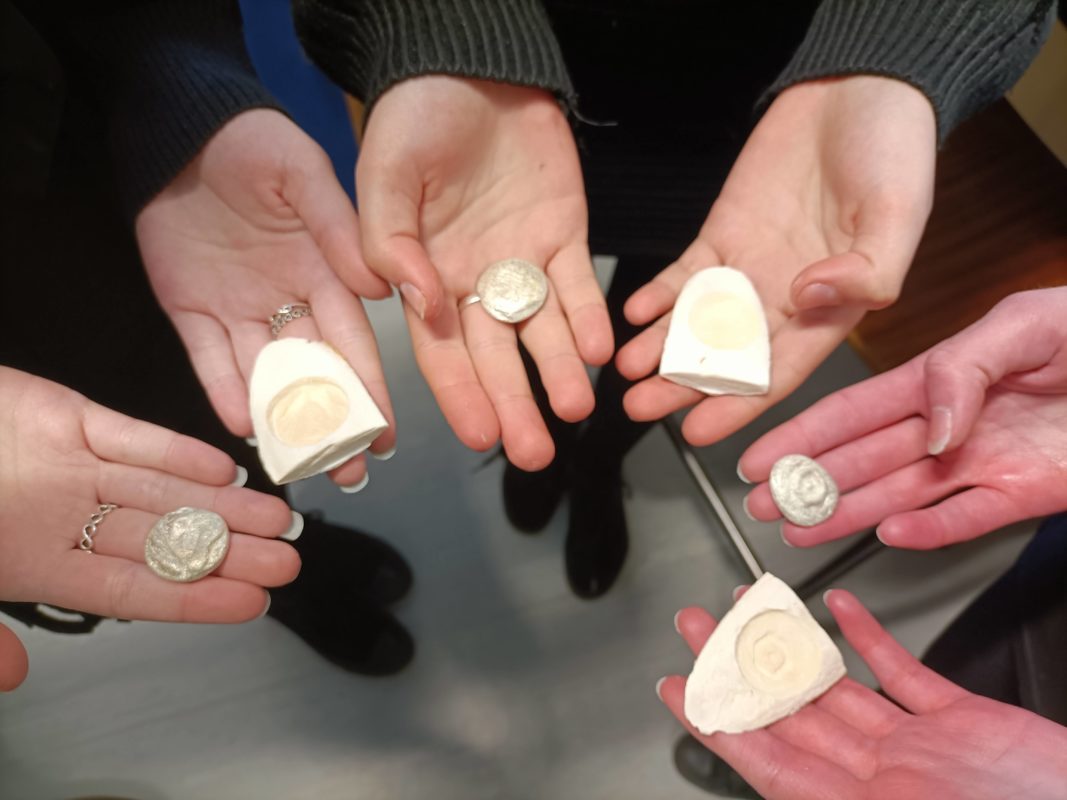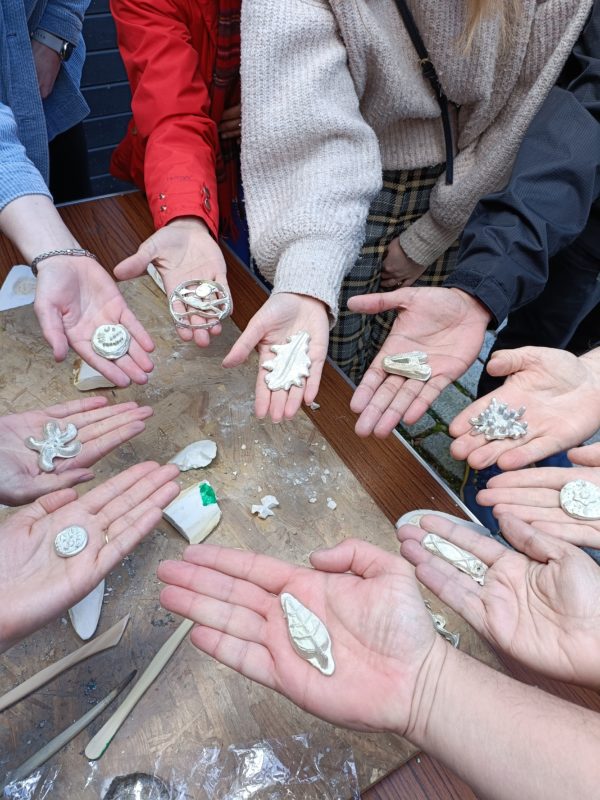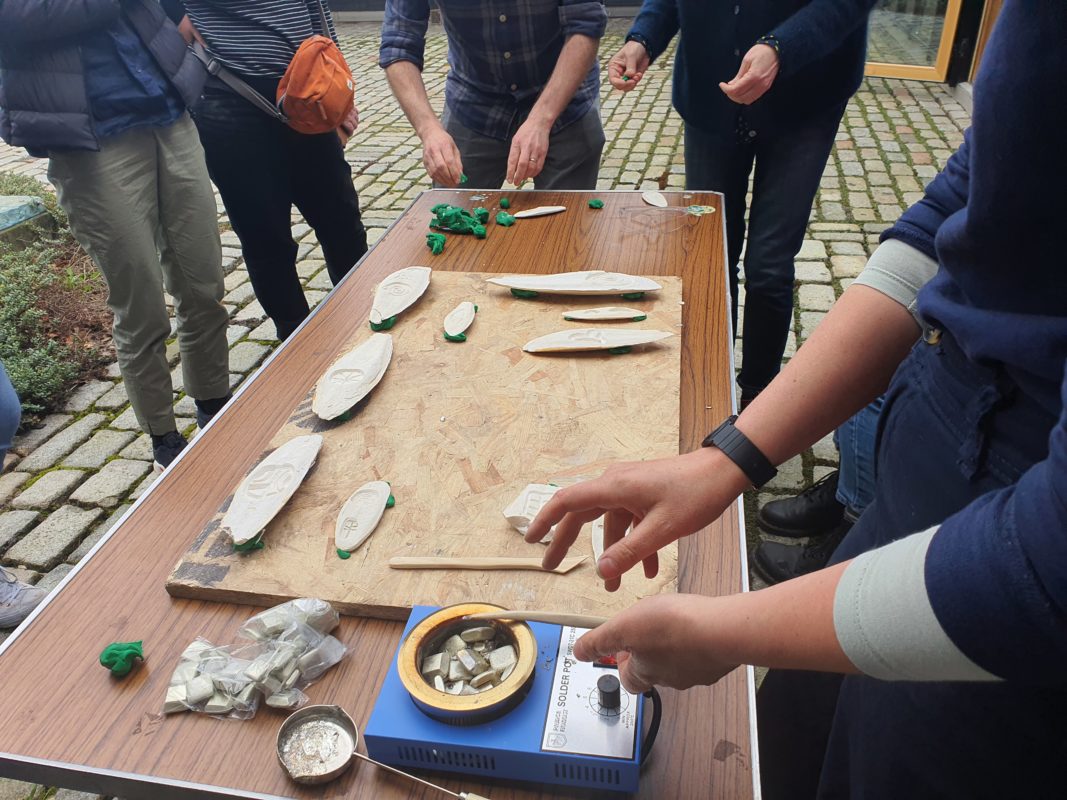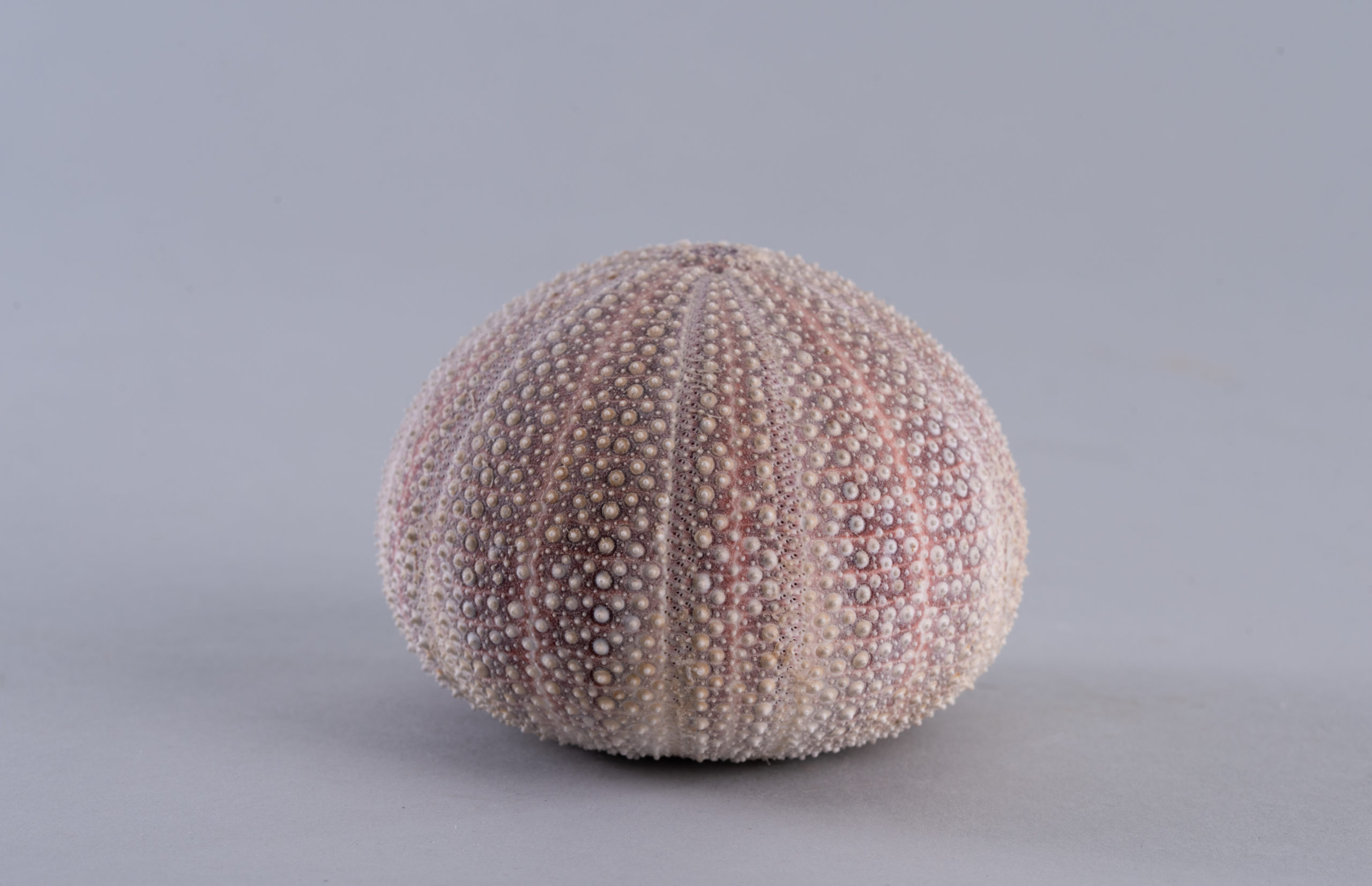Researchers at the University of Stirling received funding from the Natural Environment Research Council to explore interdisciplinary ‘discipline hopping’ projects. Colleagues in the division of Biological and Environmental Sciences (BES) came together with Art Collections colleagues, a local artist and a Scottish Graduate School for Arts and Humanities intern to explore the BES scientific collections with a view to making them accessible to a wider audience.
Fifty key specimens were identified, ranging from a Nautilis shell to an Armadillo skeleton, for priority cataloguing, photographing, and scanning to produce 2D and 3D images. The images are now available on the University website Science Collection with information about each organism including details on its habitat, feed habits, whether the organism is a predator or prey, and other relevant information to comprehend the artefact’s significance.
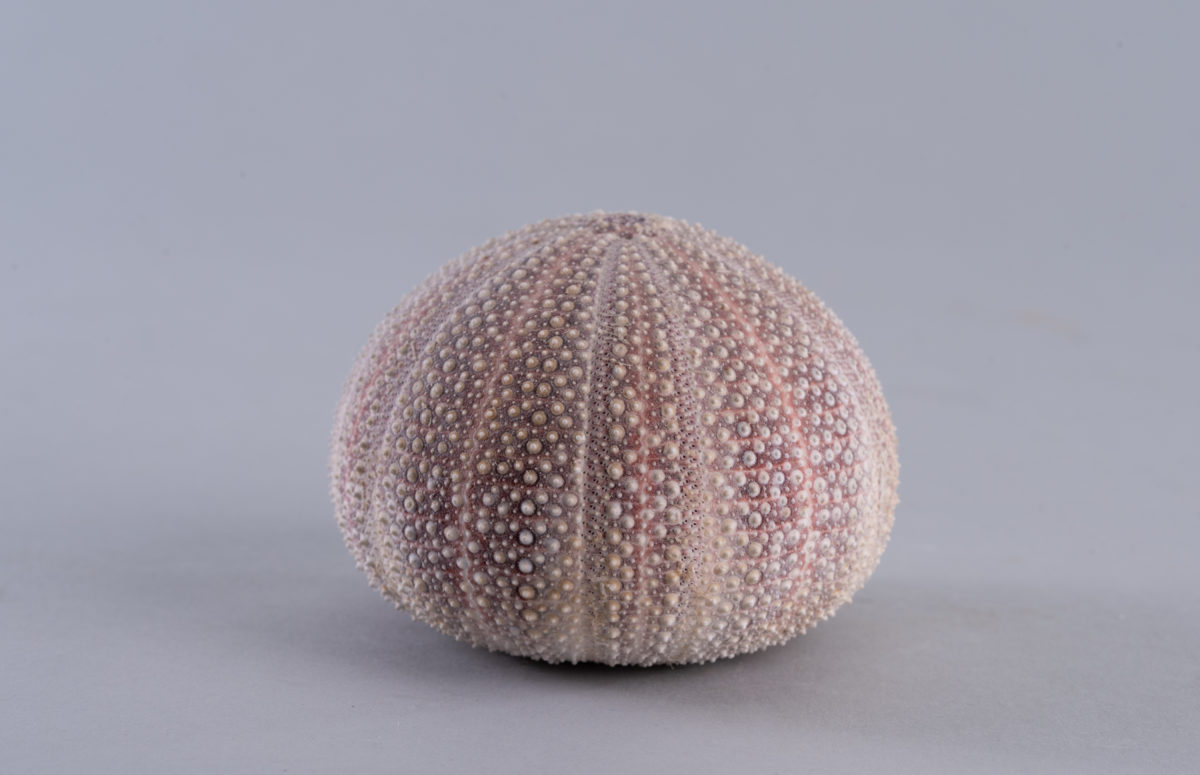
Alongside this work, three workshops were held with a diverse range of participants:
- Workshop 1 involved 30 secondary school aged pupils involved in the Young Pathfinders programme, an extracurricular educational outreach programme which seeks to support and empower young people from Stirling and Clackmannanshire Young Pathfinders
- Workshop 2 was tailored for HND art and design students at the local Forth Valley College
- Workshop 3 was delivered to Natural Sciences staff and postgraduate students at the University of Stirling
The workshops provided a unique opportunity for the participants to explore the specimens through touch and texture and to sketch patterns and designs inspired by their observations. These sketches were then transformed into three-dimensional art pieces, with participants carving their designs into soft mediums such as cuttlefish and creating a pewter cast of their creations.
The research team engaged with colleagues from across the University to share their positive experiences of bringing scientists and artists together to promote science communication and education through art.
